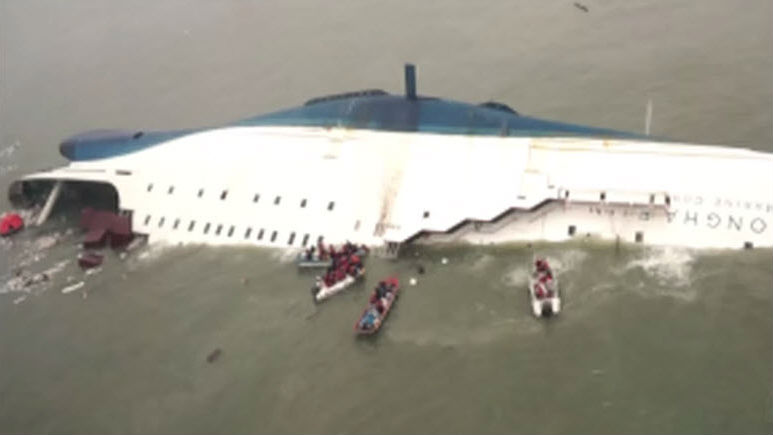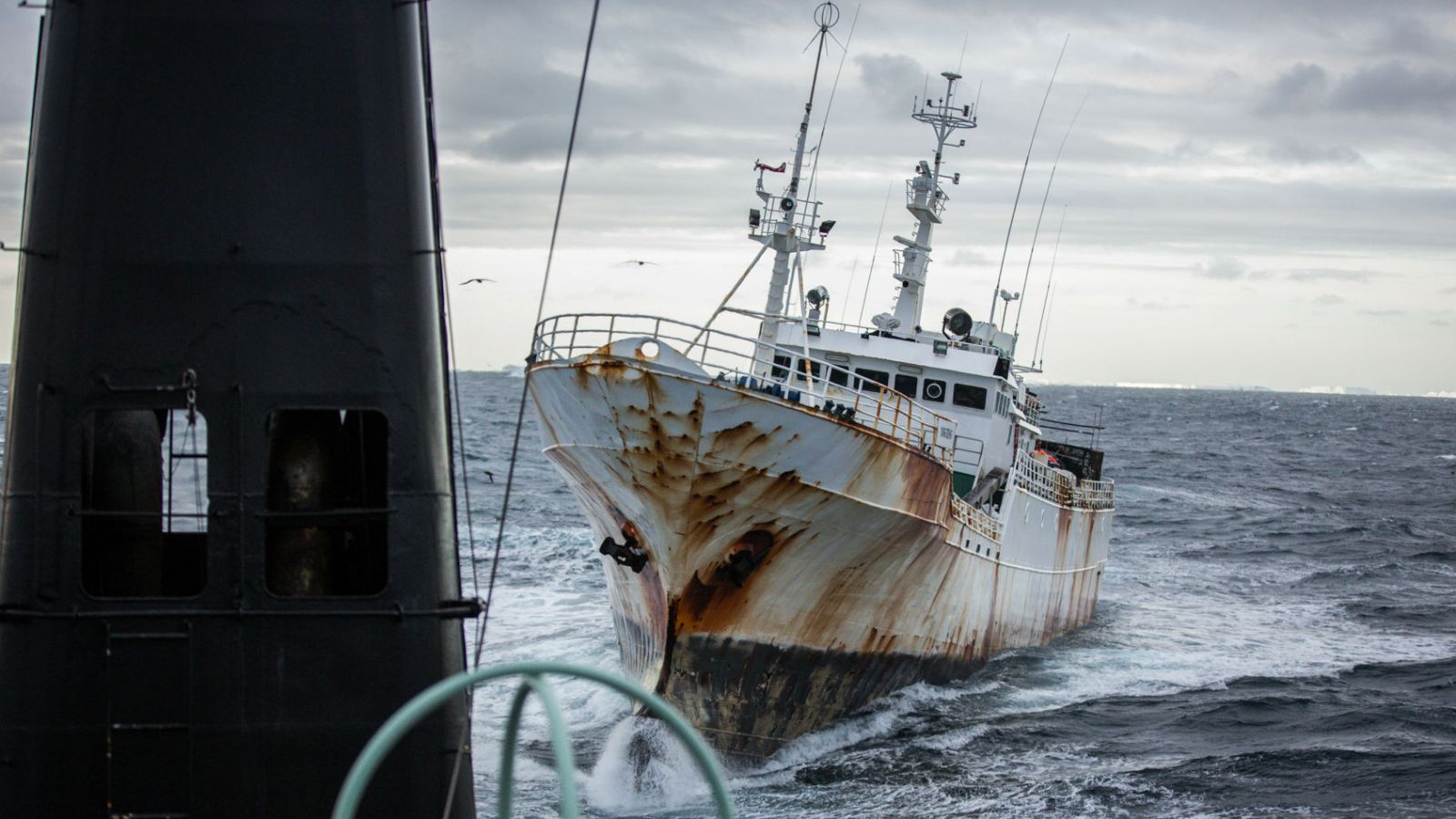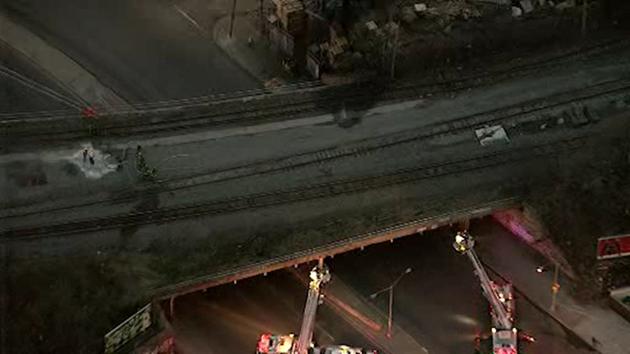Wednesday, March 9, 2016
Senior Auction Official at Beverly Hills Gallery Pleads Guilty in Connection with $1 Million Wildlife Smuggling Conspiracy
Joseph Chait, the senior auction administrator of a Beverly Hills, California, gallery and auction house, pleaded guilty to conspiring to smuggle wildlife products made from rhinoceros horn, elephant ivory and coral with a market value of at least approximately $1 million, announced Assistant Attorney General John C. Cruden for the Justice Department’s Environment and Natural Resources Division, U.S. Attorney Preet Bharara for the Southern District of New York and Director Dan Ashe for the U.S. Fish & Wildlife Service (FWS). Chait, 38, of Beverly Hills, pleaded guilty to a two-count information before U.S. District Judge J. Paul Oetken for the Southern District of New York.
“Rhinos and elephants have been on earth for millennia but are now at grave risk due to the illegal wildlife trade,” said John C. Cruden, Assistant Attorney General for the Environment and Natural Resources Division. “The United States and other destination markets have a special responsibility to help save these beloved creatures from extinction. Those in the auction industry need to be responsible and not turn a blind eye to the fact that trade in protected animal parts is highly regulated. Illegal wildlife trafficking takes many forms and those who deliberately break the rules and engage in smuggling will be prosecuted to the full extent of the law.”
“Joseph Chait and his co-conspirators trafficked in wildlife worth a market value of at least $1 million, deliberately flouting laws put in place to protect endangered species such as rhinoceros,” said U.S. Attorney Bharara. “We are grateful for the outstanding work of the FWS in this investigation, which is ongoing.”
“This case demonstrates the insidious nature of wildlife trafficking, showing how these activities permeate our society in many social, economic and cultural areas,” said Director Ashe. “One criminal at a time. One guilty plea at a time. Federal prosecutors, our devoted team of law enforcement officers, and their colleagues around the globe are helping reduce trade in illegal wildlife products that is decimating populations of some of our most cherished species.”
According to allegations contained in the Information and statements made in court filings and proceedings:
Chait and his co-conspirators engaged in illegal trafficking of wildlife with a market value of at least $1 million. Chait personally falsified customs forms by stating that rhinoceros horn and elephant ivory items were made of bone, wood or plastic. For example, during Asia Week in New York City in or about March 2011, Chait was approached about the potential sale of a carving of Guanyin, an East Asian spiritual figure made from rhinoceros horn (the Rhino Carving). Despite knowing that it was not a genuine antique, Chait and his co-conspirators accepted the Rhino Carving for consignment, advertised the sale to foreign clients in China and put the Rhino Carving on the cover of Auction House-1’s catalogue in connection with an auction of Asian art and antiques. After the Rhino Carving sold at auction for $230,000, Chait offered to make a false document for the buyer to help the buyer smuggle the item out of the country. The fake invoice falsely stated that the item cost $108.75 and was made of plastic.
Chait and his co-conspirators also sold ivory carvings to another foreign customer and provided those carvings to that customer’s courier, even after learning that the customer had been arrested in China for smuggling ivory purchased from Chait’s auction house.
In addition to falsifying customs forms by stating that rhinoceros horn and elephant ivory items were made of bone, wood or plastic, Chait and his co-conspirators conspired to aid smuggling in other ways:
Wildlife items were shipped to or picked up by third party shippers, who then re-shipped the items out of the country to foreign buyers without the required declaration or permits.
Members of the conspiracy provided packing materials to foreign wildlife buyers to assist them in hand carrying the wildlife out of the country.
Foreign wildlife buyers where not charged a state sales tax if they showed a foreign passport and itinerary for an international flight as proof the item would be leaving the country which Chait and his co-conspirators knew was insufficient time to obtain an export permit.
Protected wildlife was smuggled into the United States without declaration or permits and then sold at auction.
Rhinoceros are an herbivore species of prehistoric origin and one of the largest remaining mega-fauna on earth. They have no known predators other than humans. The trade in rhinoceros horn and elephant ivory has been restricted since 1976 under the Convention on International Trade in Endangered Species of Wild Fauna and Flora (CITES), a treaty signed by over 170 countries around the world. Trade in protected wildlife such as rhinoceros horn and elephant ivory has been significantly restricted in the last two years as the result of a Presidential Executive Order except for those instances where sellers can prove that the item is a genuine antique that is more than 100 years of age.
* * *
Chait faces a maximum of five years in prison for conspiring to smuggle wildlife products and a maximum of five years in prison for violating the Lacey Act. These statutory maximum sentences are prescribed by Congress and are provided here for informational purposes only, as any sentence imposed on the defendant will be determined by the judge.
Chait’s sentencing is scheduled for June 22, 2016, in front of Judge Oetken.
This matter is part of Operation Crash, a continuing investigation by the Department of the Interior’s Fish and Wildlife Service, in coordination with the Department of Justice. A “crash” is the term for a herd of rhinoceros. Operation Crash is an ongoing effort to detect, deter, and prosecute those engaged in the illegal killing of rhinoceros and the unlawful trafficking of rhinoceros horns.
Assistant Attorney General Cruden and U.S. Attorney Bharara thanked the U.S. Fish and Wildlife Service for its outstanding work in this investigation as well as the U.S. Attorney’s Office for the District of New Jersey for its assistance on this matter. This case is being prosecuted by the U.S. Attorney Office’s Complex Frauds and Cybercrime Unit and the Environmental Crimes Section of the Department of Justice. Assistant U.S. Attorneys Jennifer Gachiri and Elizabeth Hanft and Senior Litigation Counsel Richard A. Udell with the Environmental Crimes Section are in charge of the prosecution.















